Schatzkammer in Vienna

[아츠앤컬쳐] 비엔나 왕실보물 전시실(샤츠캄머)는 왕실 보물과 귀중품 금고이며, 영국 보석왕관이 보관되어 있는 런던타워에 견줄 만하다. 위치는 매주 일요일 비엔나소년합창단이 찬양하는 슈바이처호프(스위스궁)의 궁정채플 아래 작은 입구에 숨겨져 있다. 16세기 신성로마제국 황제 페르디난드 아래 르네상스 양식으로 재건된 겨울왕궁 호프부르크의 가장 오래된 곳이다.
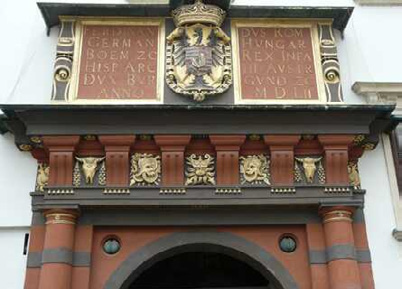
이 수집품은 둘로 나뉘어져 있는데, 천 년 이상의 유럽 역사를 망라하는 세속적인 보물과 종교적인 보물이다. 21개의 방에는 합스부르크 왕가가 수세기 동안 수집한 희귀한 보물 컬렉션으로 신성로마제국 황제와 왕권을 상징하는 보물, 오스트리아 제국 왕관, 보주(寶珠), 홀 등이 있다. 세속적인 보물들은 합스부르크 가의 정치적 힘과 영토의 범위를 증명하기 위해 고안되었다. 합스부르크 왕가는 러시아, 프로이센, 프랑스, 영국, 스페인, 포르투갈에 이어 유럽에서 가장 영향력 있고 강력한 왕실의 하나였다.
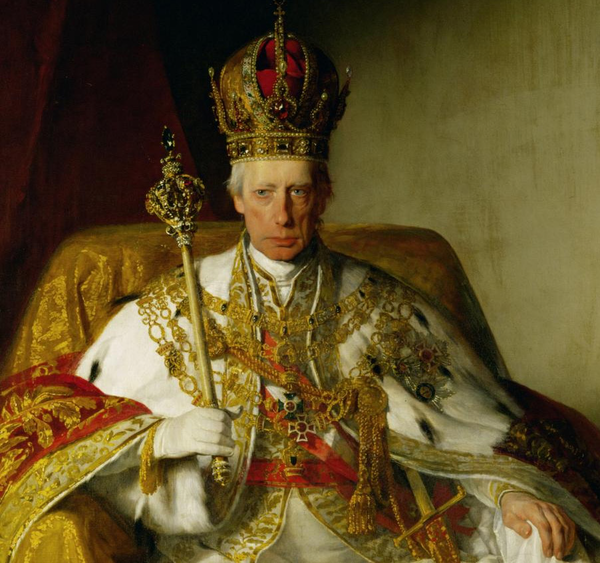
가장 인상적인 예술품 중 하나는 오스트리아의 제국 왕관이다. 이 왕관은 1602년 프라하에서 얀 페르마옌에 의해 신성로마제국 황제 루돌프 2세를 위해 만들었다. 오스트리아 공식 명칭이 너무 길어서 루돌프의 왕관(루돌프스크로네)로 불린다. 이 왕관은 합스부르크 왕가의 신성로마제국 황제 및 헝가리, 보헤미아 왕의 왕관으로 사용되다가 1804년 새 오스트리아 제국의 공식 왕관이 되었다. 1867년 이후 1918년까지는 오스트리아-헝가리 제국의 북부 시슬라이타니아 제국의 제국 왕관으로 남아 있었다.
위키백과: 제국 왕관은 크게 상징적인 의미를 지닌 서클릿, 높은 아치, 그리고 관(冠)의 세 주요 요소로 구성되어 있다.

현재의 지도에 따르면, 시슬라이타니아는 현재의 오스트리아(트랜슬라이타니아의 일부였던 부르겐란트 제외), 체코와 슬로베니아(프레크무레 제외), 폴란드 남부, 이탈리아 일부(트리에스테, 고리지아, 트렌티노알토 아디제/남티롤), 크로아티아(이스트리아, 달마티아), 몬테네그로(코토르만)와 우크라이나(부코비나)이다. 이 이름은 오스트리아 제국(라이타강 북쪽)의 분리에 따라 만들어졌다.

오스트리아-헝가리 제국의 남부인 헝가리왕국은 트란스라이타니아라고 불렸는데 현재 헝가리, 슬로바키아, 크로아티아 (크로아티아, 슬라보니아, 달마티아의 삼위일체 왕국), 보스니아 헤르체고비나로 구성된다. 인구는 약 2천만 명이며, 수도는 부다페스트였다. 헝가리 왕(오스트리아 황제)의 왕관은 센트 코로너(헝가리의 성스러운 왕관 또는 성 이슈트반 왕관)이고, 헝가리 왕가는 12 세기부터 왕관을 썼다.
위에 언급된 왕관은 가장 오래된 유물이 아닐 뿐만 아니라 샤츠캄머에는 10세기의 신성로마제국의 왕관 등 대단히 많은 흥미로운 정교한 보석들이 있다.
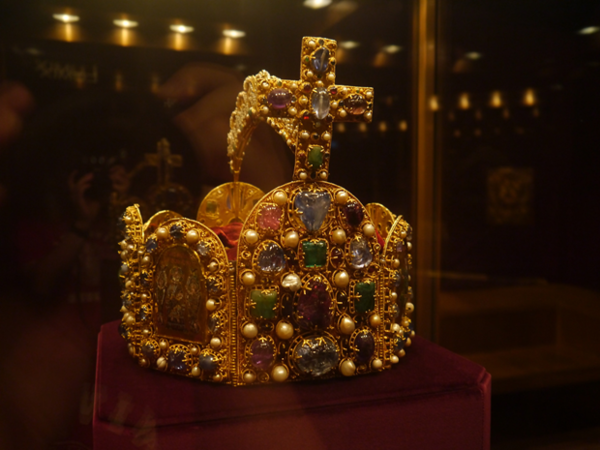
Schatzkammer in Vienna
The meaning of “Schatzkammer” (Imperial Treasury Vienna) in German is the vault of the Royal Jewellery and precious items, it is comparable with the Tower of London where the Crown Jewels of England are stored. The location is hidden in a small entrance beneath the Royal chapel at the Schweizerhof (Swiss Courtyard), where every Sunday the Viennese Boys Choir are performing. It is the oldest part of the Winter Palace, the Hofburg, which was rebuilt in the 16 century in the Renaissance style under Holy Roman Emperor Ferdinand.
The collection is divided into two parts, the secular and the ecclesiastical treasures covering over a thousand years of European history. In 21 rooms a collection of rare treasures compiled by the Imperial House of Habsburg over the course of centuries, including the Imperial Crown, Orb, and Sceptre of Austria, and the Imperial Regalia of the Emperors and Kings of the Holy Roman Empire, including the Imperial Crown of the Holy Roman Empire.
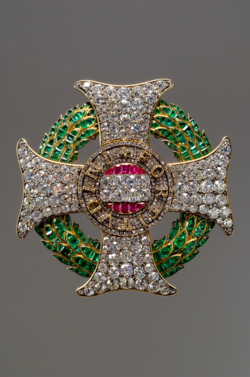
The secular treasuries were designed to attest to the political power and geographical reach of the House of Habsburg. The House of Habsburg was one of the most influential and powerful Royal Houses, beside Russia, Prussia, France, England, Spain and Portugal in Europe.
One of the most impressive artefacts is the Österreichische Kaiserkrone (Imperial Crown of Austria). The crown was made in 1602 in Prague by Jan Vermeyen as the personal crown of Holy Roman Emperor Rudolf II. As for Austrians the official name was too long, so it is called Rudolfskrone (Crown of Rudolf). The crown was used as a private crown of the Holy Roman Emperors and Kings of Hungary and Bohemia from the House of Habsburg. In 1804 it became the official crown of the newly constituted Austrian Empire. After 1867 it remained the imperial crown of the Cisleithanien (the northern part of the Austro-Hungarian Empire) until 1918.
Wikipedia: The Imperial Crown consists of three principal elements possessing great symbolic significance: the circlet, the high arch, and the mitre.
The mitre symbolises the divine right to rule, and the spiritual position of the emperor, who during coronation was consecrated symbolically as a deacon. The high arch was inspired by the arch of the Imperial Crown of the Holy Roman Empire. It rises from the front and back of the circlet and is studded with eight diamonds, which symbolise Christ. The emperor was regarded as governor on earth in the name of Christ. At the top of the arch is a blue-green emerald, which symbolises heaven, above a very inconspicuous cross. The emerald was not cut, but polished.

The Cisleithanien (north of the river Leitha) capital was Vienna, the residence of the Austrian emperor. The territory had a population of 28,571,900 in 1910. It reached from Vorarlberg (the most far county of Austria, closed to Switzerland) in the west to the Kingdom of Galicia and Lodomeria and the Duchy of Bukovina (today part of Ukraine and Romania) in the east and the Kingdom of Bohemia. In the south to the Kingdom of Dalmatia (today part of Croatia).
Based on the current map Cisleithanien was part of present Austria (except for Burgenland, which was part of Transleithania), the territories of the Czech Republic and Slovenia (except for Prekmurje), southern Poland and parts of Italy (Trieste, Gorizia and Trentino-Alto Adige/Südtirol), Croatia (Istria, Dalmatia), Montenegro (Kotor Bay) and Ukraine (Bukovina). The name was created on the separation between Austrian Empire (north of the River Leitha).
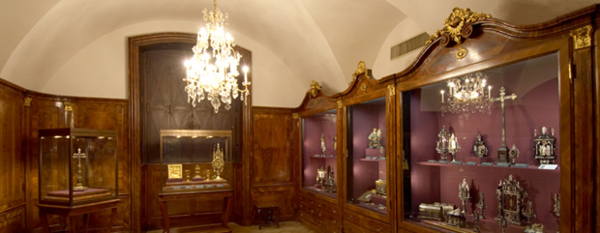
The southern part of the Austrian Hungarian Empire, the Kingdom of Hungaria was called Transleithania consisting of the present Hungary, Slovakia, Croatia (Triune Kingdom of Croatia, Slavonia and Dalmatia) and Bosnia Herzegovina. Transleithania had a population of about 20 million, with the capitol Budapest. The crown for the Hungarian King (Austrian Emperor) was the Szent Korona (Holy Crown of Hungary or the Crown of Saint Stephen) Hungarian kings have been crowned with it since the 12th century.
Many other interesting precisions items are be found in the Schatzkammer, like that. But not only mentioned crowns are not the oldest artefacts, there are much more, like the Krone des Heiligen Römischen Reichs (Crown of the Holy Roman Empire) from the 10th century.
글 | 볼프강 슬라빈스키 Wolfgang Slawinski
서울명예시민, 한·오스트리아협회 부회장

